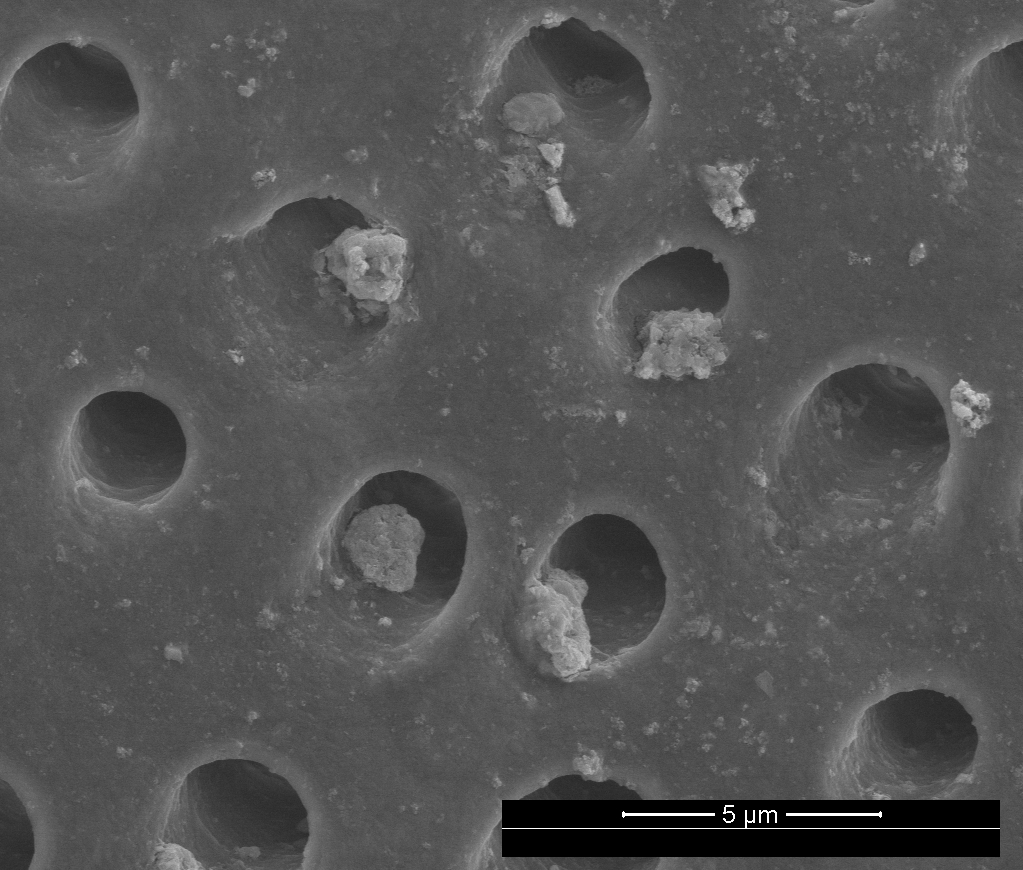Fraunhofer IMWS supports the development of treatment methods for dentin hypersensitivity
When cold or hot food and drinks, sweets, sour or salty foods cause pain in the teeth, this is called dentin hypersensitivity, which is mainly caused by exposed tooth necks. On behalf of Omya International AG, one of the world’s leading suppliers of industrial minerals, scientists from the Fraunhofer Institute for Microstructure of Materials and Systems (IMWS) tested functional mineral particles that possess desensitizing properties in a toothpaste and can thus prevent symptoms.

The cause of hypersensitive teeth is receding gums due to chronic inflammation or incorrect brushing habits. As a result, the neck of the teeth, which is made of dentin permeated by tubules (tubules), is exposed without protection. The liquid-filled tubules form a connection to the inside of the tooth, through which external stimuli are transmitted to the dental nerve. The oral and dental care industry is therefore working on the development of pain-reducing or pain-relieving dental care products, which contain e.g. silica particles and cause the mechanical closure of the tubules.
Omya International AG’s novel particles are suitable for the desensitization of sensitive teeth. Omya֦’s patented technology functionalizes calcium carbonate particles with a shell of hydroxyapatite, which is the main component of enamel and dentin. The particles thus penetrate the tubules during the brushing process and effectively seal them.
During the development process of the particles, the Fraunhofer IMWS provided support by evaluating their mode of action. “Through in vitro tests and microstructural investigations we performed, it was shown that the particles in a toothpaste formulation interact with the tooth surface. Using scanning electron microscopy and calorimetric flow measurements, we were able to show that the tubules are filled with the particles and are even entirely sealed in some cases. Conversely, an interruption of the stimulus transmission can be deduced from this for the clinical situation and a desensitization can be concluded,” says Maria Morawietz, project manager at the Fraunhofer IMWS.
According to Morawietz, the Omya collaboration, which has existed since 2016, demonstrates that the Fraunhofer IMWS is not only an attractive research and development partner for customers in the dental care end product sector, but can also make important contributions to the development processes of raw materials in collaboration with the R&D departments of suppliers.